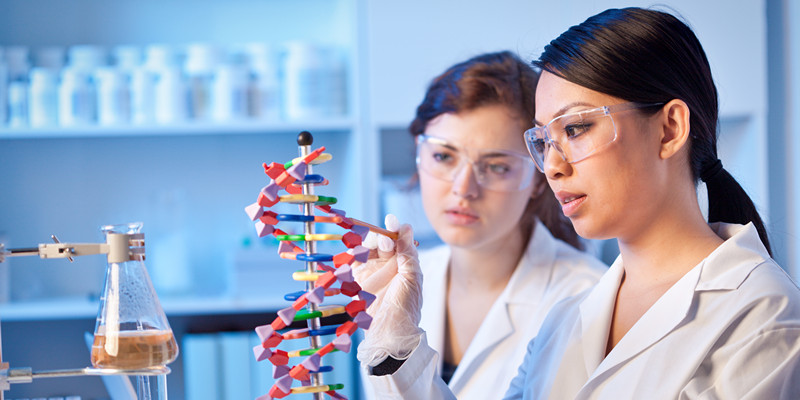RT-PCR (reverse transcription-polymerase chain reaction) is a variant of the polymerase chain reaction (PCR) which are now widely used to quantify mRNA levels. RT-PCR involves two steps: the reverse transcribed reaction (RNA is first reverse transcribed into cDNA using a reverse transcriptase) and PCR amplification (cDNA is used as templates for subsequent PCR amplification using primers specific).
STEP 1: RNA extraction
Total RNA is extracted from cells or tissues of the plants or animals taking a standard extraction protocol with Trizol.
STEP 2: Primer design
Design and synthesize the primers of the target gene. In general, primers should be highly specific for the target sequences, able to form stable duplexes with their target sequences, and free of secondary structure. The GC content of these primers is designed as similar as possible.
STEP 3: Reverse transcription
RT-PCR is used to clone expressed genes by reverse transcribing the RNA into cDNA through the use of reverse transcriptase. Subsequently, the synthesized cDNA is amplified using traditional PCR.
STEP 4: Real-time PCR
Real-time PCR (qPCR) allow accurate quantification of starting amounts of DNA, cDNA, and RNA targets. Currently, there are four different fluorescent DNA probes available for the real-time PCR products detection: SYBR Green, TaqMan, Molecular Beacons, and Scorpions. All of these probes allow the detection of PCR products during each cycle, which greatly increases the dynamic range of the reaction, since the amount of fluorescence is proportional to the amount of PCR product.
STEP 5: Result analysis
In the initial few cycles of the qPCR amplification reaction, the fluorescence signal changes little and approaches a straight line, which is the baseline. The fluorescence signals of the original 15 cycles is the background signal of fluorescence. The fluorescence domain values are 10 times the standard deviation of 3-15 circular fluorescent signal, and threshold set in the exponential phase of the PCR amplification. The CT value indicates the number of cycles experienced by each PCR reaction tube when the fluorescence signal reaches the set domain value. The more number the template onset copy has, and less the Ct value will beand vice versa.
